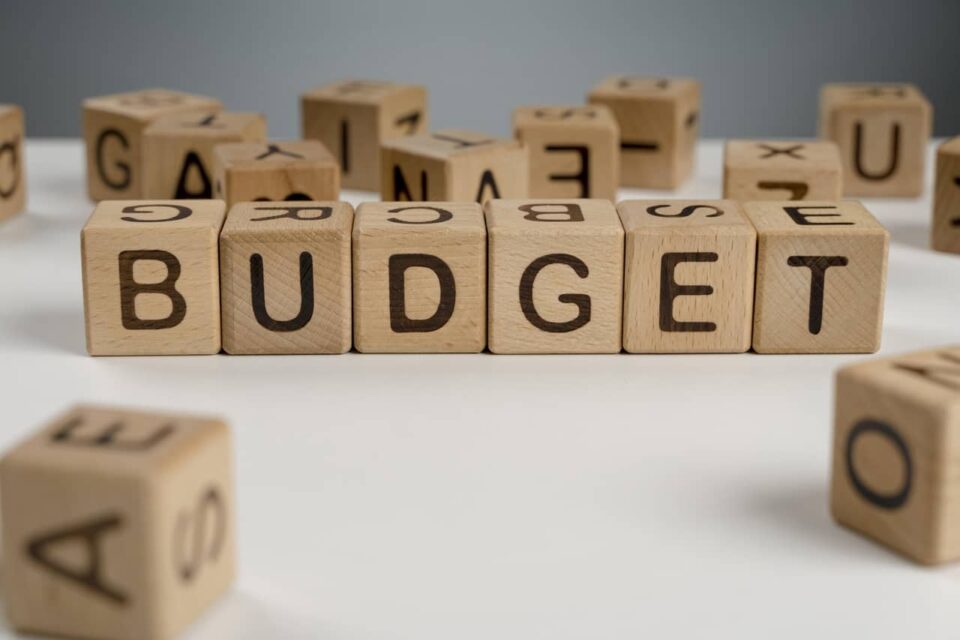The government budget is an annual statement showing item wise estimation of received and expenditure during a fiscal year. The values shown in the budget aren’t the actual figures but an estimation for the coming fiscal year.
Objectives of government budget
The government prepares the budget for achieving a certain objective. However, the main objective of the government is to achieve social welfare.
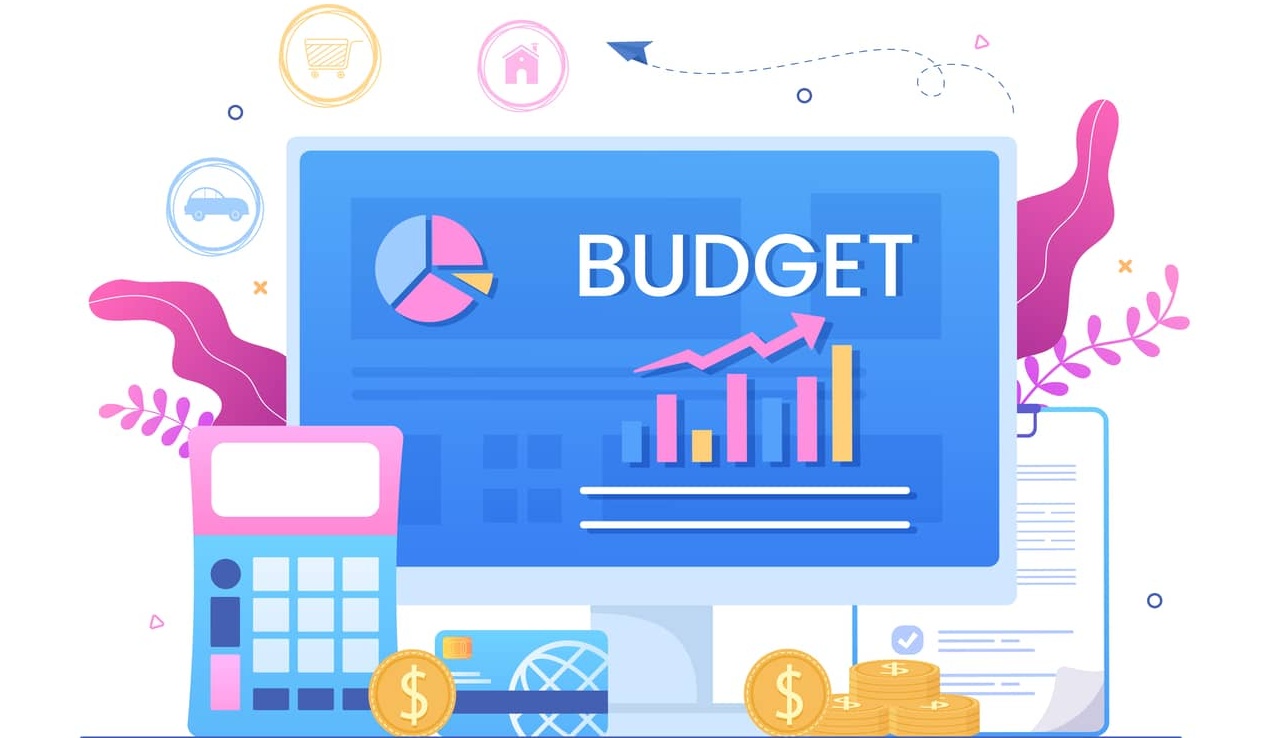
The primary objectives of the union budget and listed below: –
Reallocation of resources
The government tries to reallocate the resources through its budgetary policy. The government have to allocate resources for those areas in which the private sector hasn’t stepped in due to high investment and less return such as park facilities, ruler electrification, health etc.
Redistribution of income and wealth
Inequalities in income and wealth are common for every country. They are considered socially undesirable because it means that a section of society is denied even of necessities of life.
Government directly affects the disposable income of people through its taxation policy and by making transfer payments. Further inequalities of income and wealth can be reduced by public expenditure on welfare schemes.
Economic stability
The government tries to protect the economy from the situations of inflation and deflation through its budgetary policy. At the time of inflation, the government imposes heavy taxes to discourage private consumption and during deflation, the tax rate is reduced to encourage private consumption.
Management of public enterprises
The government enjoys monopolies over certain activities such as railways electricity etc. Necessary funds for public enterprises are provided through the annual budgets of the government.
Promotion of economic development
Developing countries like India have chosen the path of planned economic development. The government budget provides necessary funds for the programmes specified in plans.
Components of government budget

The budget has two broad components
- Budget receipt
- Budget expenditure.
Budget receipt
The budget received refers to estimated money receipts of the government from all the sources during the fiscal year
They are classified as under:
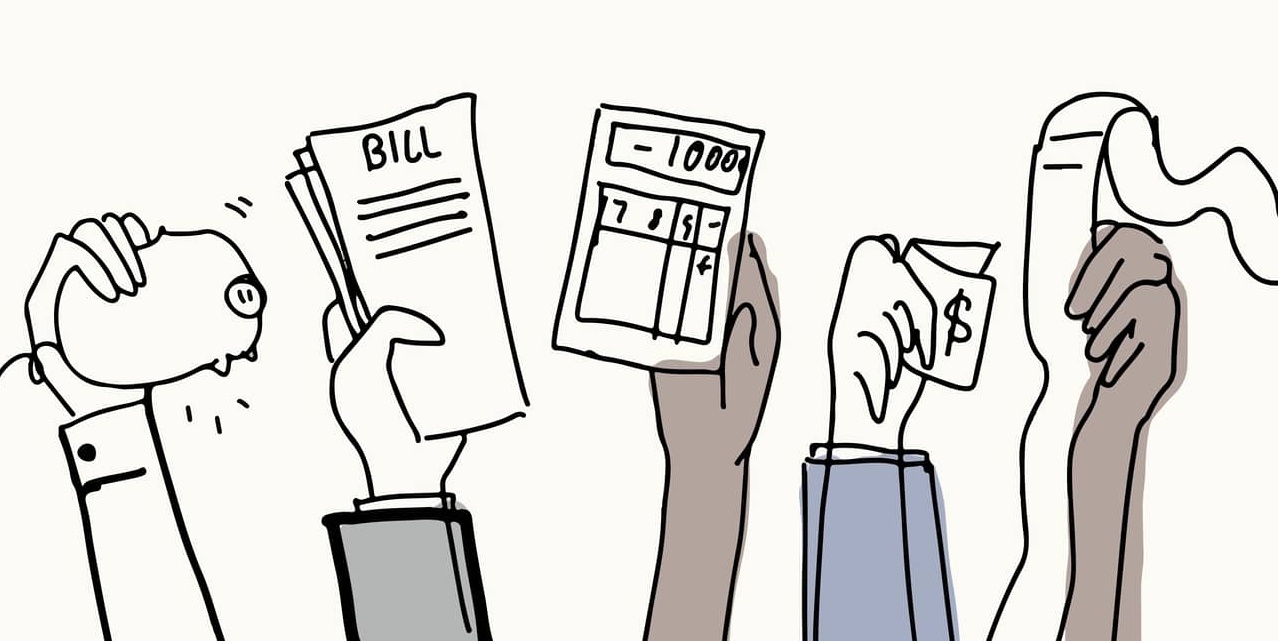
Revenue receipt
Revenue receipt refers to do receipt of the government which neither create a liability nor lead to a reduction in assets. Example text receipt tax receipt profits and dividend recent finds special assessment gift and grants.
Capital receipt
The capital receipt is defined as any receipt of the government that either creates the liability or lead to a reduction in asset
Example borrowings recovery of loans disinvestment small savings
Budget expenditure
It is it refers to the estimated expenditure of government under various head
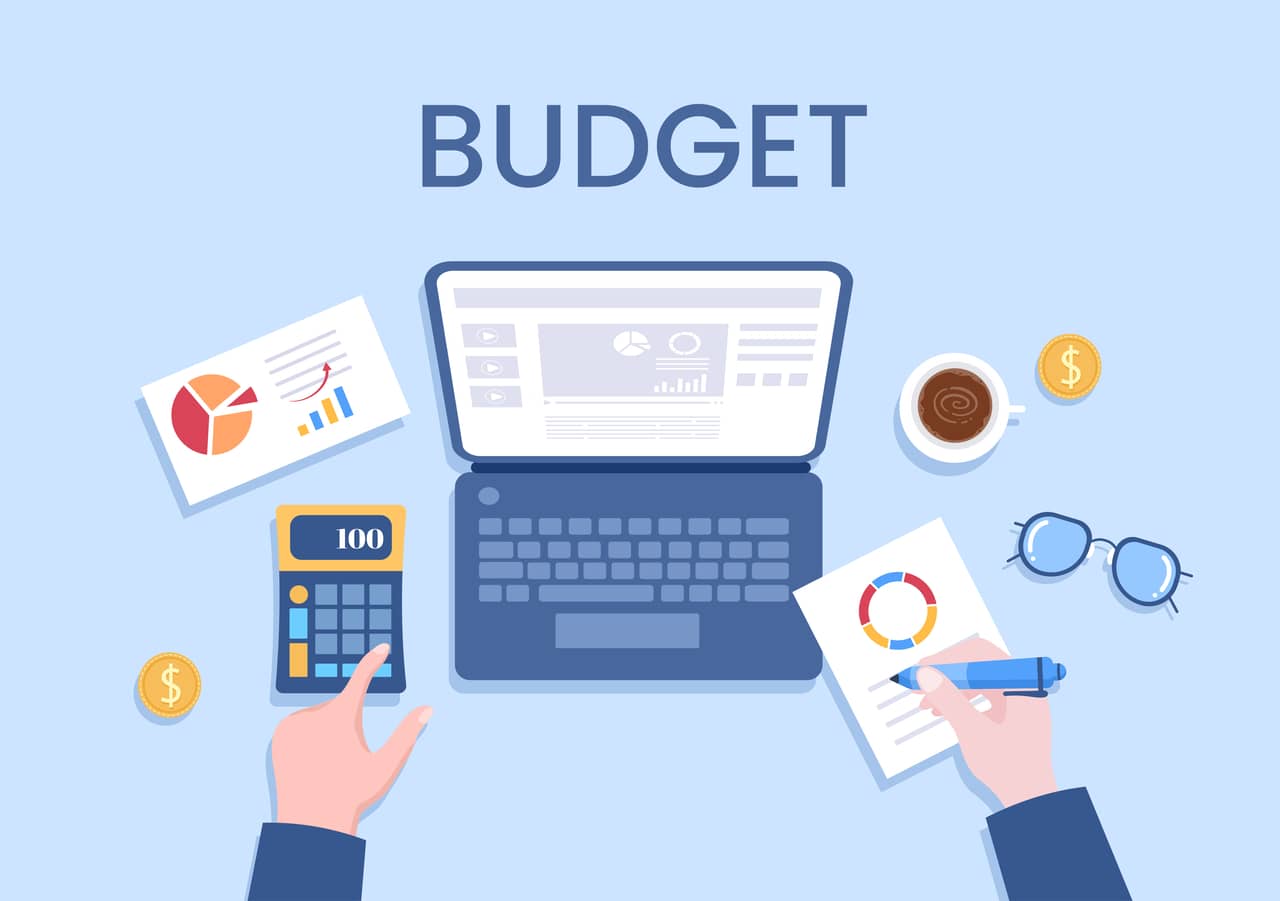
Revenue expenditure
It refers to all of the expenditures of the government which do not result in the creation of any physical or financial asset or do not cause any reduction in liabilities of government it related to those expenses incurred for the normal functioning of the government example interest payment of wages and salaries expenditure on defence.
Capital expenditure and expenditure which other key creates an asset or reduces liability is known as capital expenditure. For example expenditure on construction of buildings land bridges purchasing shares on a machine the repayment of loans.
February 2022 budget expectations
The budget for the year 2022-23 will be presented in parliament on 1st February 2022. The budget is expected to heal the wounds of the pandemic through its taxation policies. Due to the second and approaching third wave, the government has to support the economy for a longer period by generating more social schemes.
The government may increase its expenditure on education and health, can lower the tax on insurance policies and change in GST levels or on certain issues.
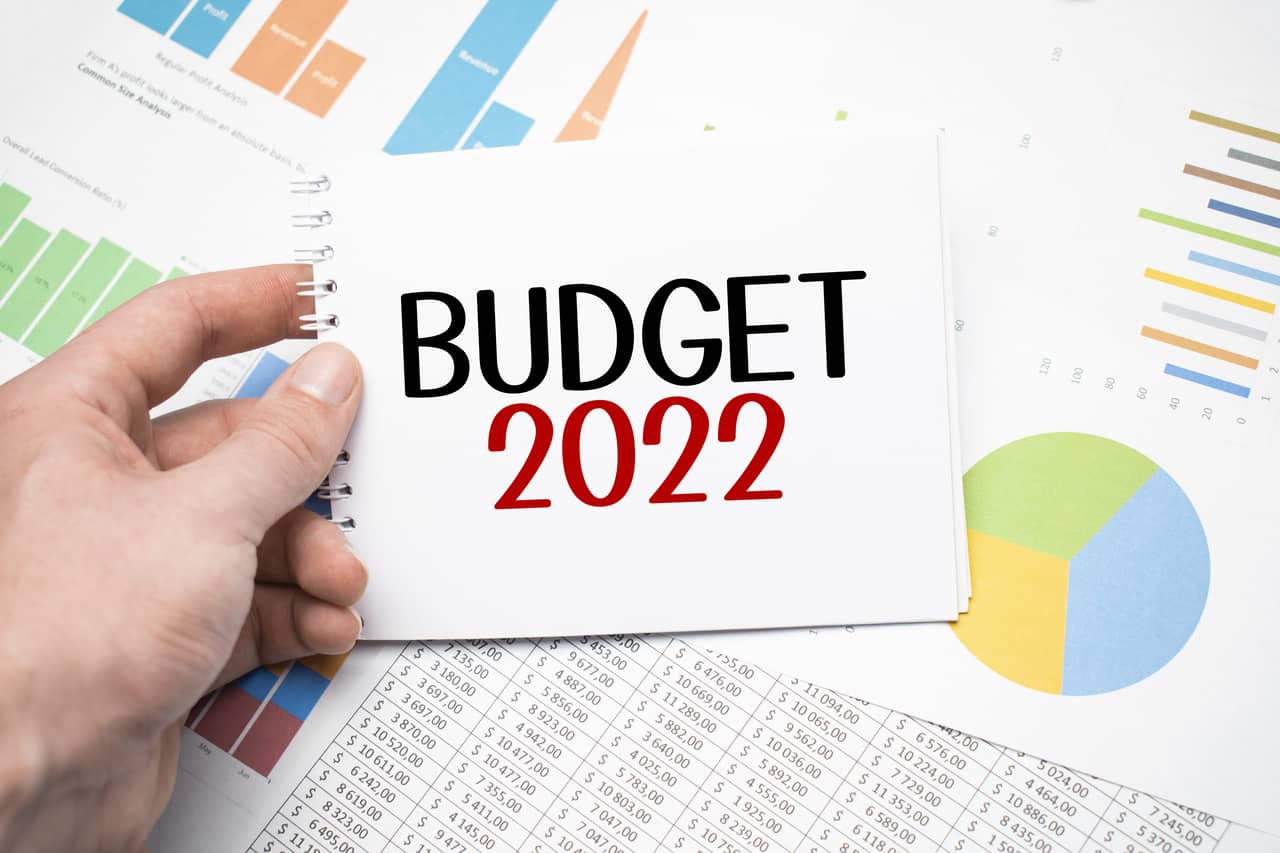
The fiscal deficit is about 6.5 % of GDP also the inflation rate is about 5% so the government has to form a budget in such a way that will result in public expenditure and at the same time don’t cause inflationary pressure. The fiscal deficit, capital expenditure disinvestment is likely to be the agenda of the government this year.
Since the presentation of the budget is the old custom which was started in the colonial period. The old practice undergoes several amendments and improvements.
Here are some amazing facts about the union budget of India:
Term budget
The term budget was introduced in the 1900s from the French word ‘bougette’ which means small bag or purse.
The first budget of India
India’s first budget was introduced on April 17, 1860, by James Wilson who was the first finance minister of Indian administration in the colonial period, two years after the transfer of Indian administration from East India Company to the British crown.
The first budget of India after independence
After independence, India’s first budget was presented by RK Shanmukham Chetty who was the first finance minister of independent India on November 26, 1947. About 46 % of the budget amounting to Rs 92 crore (approx.) Was allocated to defence. This budget was revised by the time of 1948 with total revenue of about Rs 171 crore.
First Prime minister who announced the budget
In 1958, Jawaharlal Nehru presented the Indian union budget as the finance minister of India and becomes the first prime minister who introduced the budget of India.
First lady Prime Minister who presented the Indian Budget
The first woman who presented the union budget in the parliament was Indira Gandhi in 1971. She was the finance minister at that time.
Printing of budget
In the Initial years, the budget was printed in Rashtrapati Bhavan. But in 1950 after it’s leaking, the printing of budget was shifted to press at Minto Road and in the year 1980, it was shifted to government press at the north block.
Introduction of Hindi
Up to 1955 Indian budget was introduced in the English language only but from 1956 it is presented in the Hindi language also.
The highest count of budget
Former finance minister Morarji Desai presented the Indian budget 10 times from 1959 to 1963 which was considered as the maximum count of budget presentation after P. Chidambaram and Pranab Mukherjee.
Black budget
The 1973-74 budget was presented during severe economic stress, coming in the wake of a failed monsoon and the 1971 Bangladesh war.
It was termed the black budget for the deficit of Rs. 550 crore it showed and the plan to nationalise general insurance companies and coal mines.] (Sources: the black budget – fun facts about union budget)
Epochal budget
The budget of the year 1991 is considered to be Epochal budget because in this year India takes the step in economic liberalization, promoting globalisation and also a reduction in tariffs and quotas and liberating of import and export of goods and raw material.
Dream budget
The budget of 1997-1998 is called as dream budget which was presented by P Chidambaram. This budget is considered a dream as it cut down the personal income tax from 40% to 30%, reduced corporate tax rates and encourage the highest investment in the IT sector.
Millennium budget
The budget for the year 2000-2001 is called as millennium budget presented by Yashwant Sinha. It is called millennium as it can encourage the growth of the IT sector and reduced the customs duty on components vital for the IT industry.
Combining rail budget in union budget
Up to the year 2016, the government introduced the rail budget separate from the annual budget but in 2017 under the government of Narendra Modi, they merged the two budgets.
Change in time and date
Modi government has changed the budget date from the last working day of February to 1st February. Arun Jaitley was the first finance minister to present the merged budget on the new date of presentation. Also, in 2001 our former finance minister Yashwant Sinha changed the timings of budget presentation from 5 p.m. From 11 a.m.
Bahi khata instead of a briefcase
In 2019 finance minister Nirmal Sitaram ended the briefcase British tradition and come out with the Indian custom ‘bahi khata’ in the colour of bahi with the national emblem.
Paperless budget
Due to the pandemic in 2020, when digitalization was not less than a boon, the budget of 2021 was presented digitally, no paper was used in it. This is a historic movement because it was the first time in Indian history when the concept of a paperless budget comes into existence.
So, these are some facts related to Indian Union budget.


